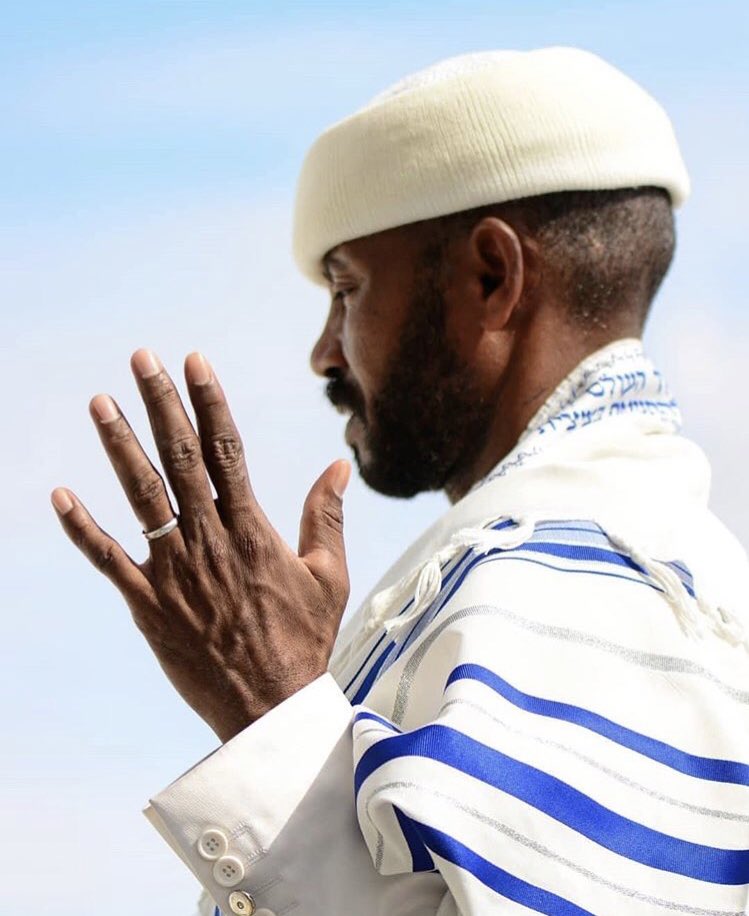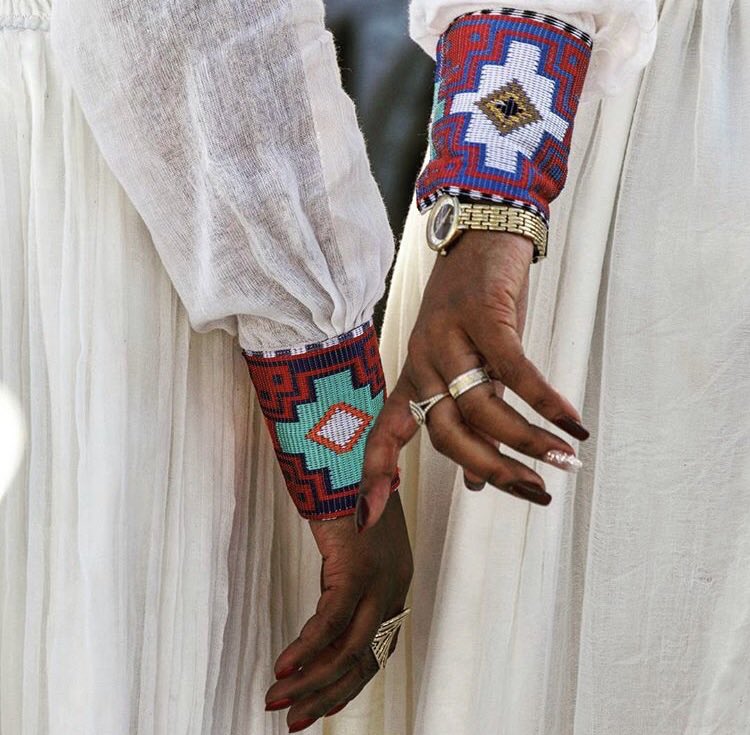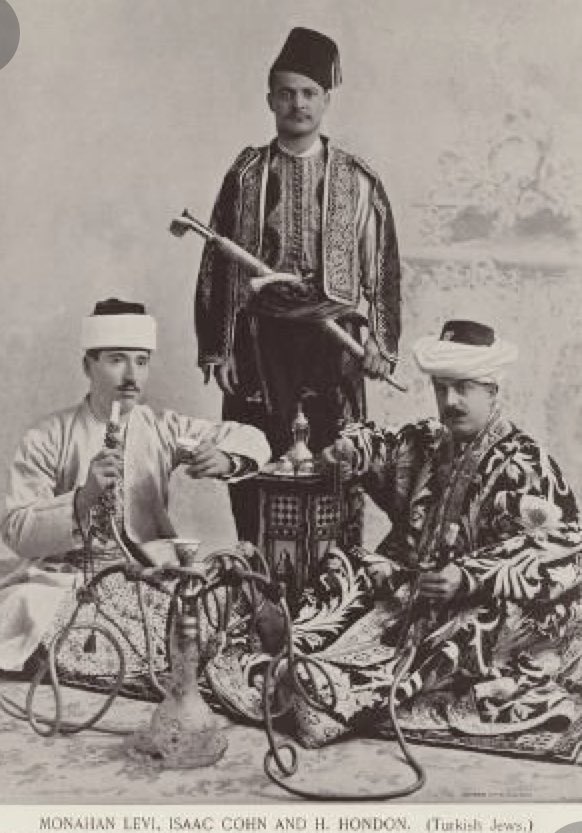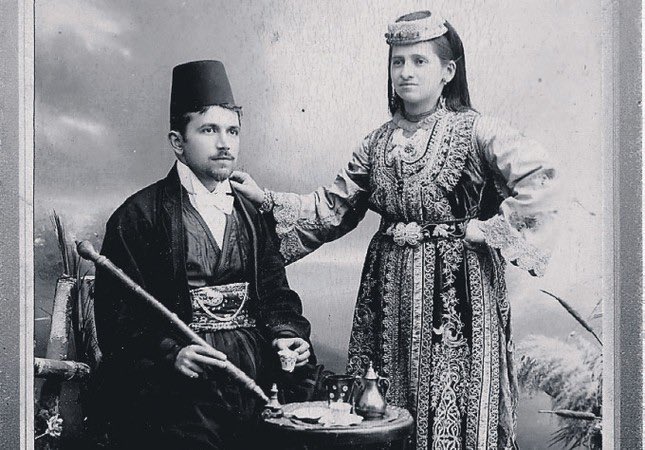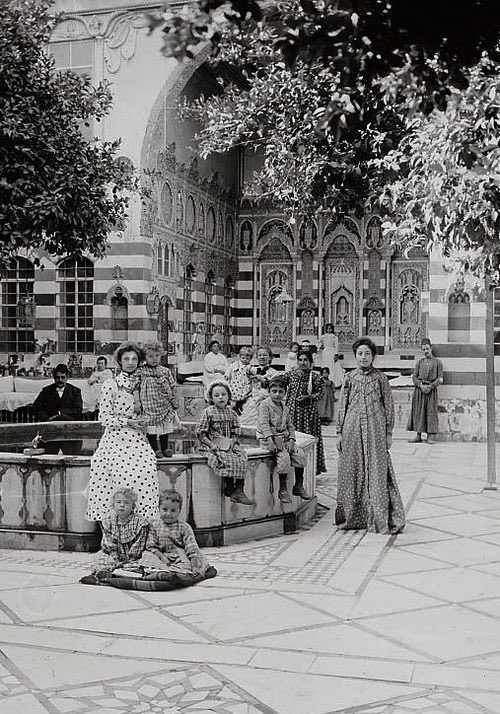
The Jewish community in Tunisia is the oldest Jewish community in the world. The community was founded almost 2,900 years ago, during the First Temple period under the reign of Solomon.
The first Jews that arrived to Tunisia were Israelites from the Tribe Of Zebulun who began their journey in Tyre and Sidon with the Phoenician people. The Phoenicians were a Canaanite people who were known for their sea voyages and trade.
The Jews and the Phoenicians settled in Djerba in Tunisia. The Jewish community continued to grow as Kohanim (priests) migrated to the area. Between the Jews and the Phoenicians there were a very warm and close relations due to the similar culture and the common language.
With the destruction of the Second Temple and the massacre that took place in 70AD, about 30,000 Jews were exiled from the Kingdom of Judah to Tunisia where they became slaves. The Jews despised the Roman Empire and associated with the inhabitants - the Amazighs.
The relations of the Jews with the local inhabitants were so close that several Amazigh tribes converted to Judaism following the Jewish influence in the area.
With the rise of the Christian Byzantine Empire, severe restrictions were imposed on Tunisian Jews. The Jews who received this with great anger sometimes resorted to rebellion against the Empire with the help of their Amazighs friends.
With the spread of Islam in Tunisia, Jews and Christians were forced to convert to Islam or live under the status of Dhimmis.
However, the Jews were integrated into society economically, culturally and linguistically, while maintaining their cultural and religious peculiarities.
However, the Jews were integrated into society economically, culturally and linguistically, while maintaining their cultural and religious peculiarities.
But this wasn’t maintained for long, in the 12th century Jewish communities throughout North Africa suffered from a decree: convert to Islam or die.
Many Jews decided to die, some decided to convert to Islam. There were cities in Tunisia where not a single Jew remained.
Many Jews decided to die, some decided to convert to Islam. There were cities in Tunisia where not a single Jew remained.
With the Spain expulsion in the 15th century, Jews emigrated to Tunisia and strengthened the Jewish community that had shrunk following the recent decree. The number of Jews was about 50,000.
The community again suffered during the 18th-19th centuries of looting synagogues, murdering of Jews, and harassments in the streets. The situation of the Jews improved when France took over Tunisia but deteriorated again in World War II following the Nazis.
In Tunisia, like in Europe, Jews were forced to wear yellow badges, thousands of whom were sent to labor and concentration camps, many shot to death or starved to death. The Holocaust of North Africa Jews is one of the most silenced events the world doesn’t talk about. 



In 1947, there were more than 100,000 Jews in Tunisia. With the independence of Tunisia in 1956, the situation of Tunisian Jews continued to deteriorate.
The Jewish Quarter was destroyed by the government, the Jewish cemetery was assigned to all people.
The Jewish Quarter was destroyed by the government, the Jewish cemetery was assigned to all people.
They were forbidden to participate in Jewish associations and institutions. 80,000 Jews decided to flee Tunisia. The harassment of the Jews didn’t stop, the great synagogue in the city of Tunis was desecrated and the property of the Jews was destroyed.
In 1967, another 7,000 Jews left the country, mainly for France.
Today, less than a thousand Jews live in Tunisia and continue to live their Jewish lives. Tunisia is known for its ancient synagogue and special Jewish customs and dishes.
Today, less than a thousand Jews live in Tunisia and continue to live their Jewish lives. Tunisia is known for its ancient synagogue and special Jewish customs and dishes.
• • •
Missing some Tweet in this thread? You can try to
force a refresh





